What is the Best Brake Pad Material?
From polishes and waxes, to filters and engine oil, choices are numerous and daunting when it comes to selecting the correct products for your car, truck, coupe or crossover. Options abound—and each alternative has its own set of unique attributes, promises, and technologies. But what is the best brake pad material?
Choosing the correct set of brake pads for your vehicle can be especially confusing. After all, brake pads are an important component used to help your vehicle do one of its most important jobs: stopping.
Not all brake pads are built the same. Each is created using an assortment of materials and processes that dictate their performance, noise levels, price, warranty, and ability to perform consistently and safely through their life. Longer brake pad life is a common purchase factor for many shoppers, since it saves you money.
The differences in brake pad material and construction can vary widely from one alternative to the next, but there are two common threads worth understanding.
First, brake pads are consumable. Like a pencil eraser, they wear out a little every time they’re used, until they need to be replaced.
Second, all brake pads consist of a layer of wearable ‘friction material’ that’s attached (often with glue) to a metal ‘backing plate’.
Imagine an Oreo cookie with the top piece removed: the solid cookie on the bottom is the backing plate, and the slightly smaller white layer of icing is the friction material.
In the same way that the filling of an Oreo may be plain, chocolate, or peanut butter, various recipes for brake pad friction material are possible, too. Some brake pads use ceramic friction material, and others use metallic or organic material instead.
Related: Brake Replacement: Here’s How To Change Your Brake Pads
What’s the best brake pad material? That depends on the application.
Ceramic brake pads may work better under daily driving, operate more quietly, and better withstand heat—though they tend to be pricier.
Metallic brake pads may perform better and cost less, though they bite harder and may be louder during use.
Organic brake pads tend to be effective, quiet, and less expensive– but they may result in a ‘spongy’ brake pedal feel, and they tend to need more frequent replacement.
Friction material aside, the thing that is most important is to ask for Galvanized Brake Pads. Here’s why:
Most brake pads do have one serious flaw that limits their lifespan—and it has to do with the backing plate.
Related: How Long Do Brake Pads Last?
Usually, brake pads use a steel backing plate that looks like it’s protected from corrosion by a thin layer of paint or powder coating. Further, most brake pads also rely on some form of glue to attach the friction material to said backing plate.
The simple fact of the matter is that paint chips away and is not a rust protector. In harsh or salty driving conditions, corrosion quickly attacks the painted metal backing plate, and rust begins to form rapidly due to environmental contaminants and cycle after cycle of heat and moisture. Shortly after, rust begins to compromise and dissolve the backing plate. This also exposes and weakens the adhesive used to hold the friction material in place.
As corrosion literally chews through the backing plate and adhesive, the friction material begins to separate or peel away from the backing plate. This results in accelerated brake wear, noisy operation, and an often- dramatic loss of stopping power.
Heavier corrosion can even cause pieces of the friction material to become dislodged from the backing plate entirely, which can damage other braking system components and further reduce stopping power and safety. From this point, total brake pad failure is also likely. This is an accident waiting to happen.
BOTTOM LINE: Galvanized brake pads are the only brake pads that won’t suffer the effects of corrosion like the painted ones.
Remember, too, that corrosion begets corrosion—meaning that rusty brake pads can quickly spread corrosion to other parts of your braking system.
Related: How to Check Brake Pads
Galvanized brake pads use two innovative and exclusive features to set their pads apart from the rest. By deploying clever engineering and smart materials, a highly effective solution to the corrosion problems brake engineers have come up with a more modern brake pad design that uses galvanized steel and mechanical attachment of the friction material to the galvanized steel.
The galvanized steel backing plate is the star of the show. You can recognize its shiny silver coating right out of the box. What’s the best brake pad material for the customer after longest brake pad life, with consistent performance throughout? Simple: it’s the one using galvanized steel.
Since it’s galvanized, the steel backing plate is corrosion-proof to its core, with no powder coatings to peel off. In fact, the zinc used in the galvanization process forms its own oxide coating over time, further protecting the steel from corrosion. This approach totally eliminates corrosion-related issues with brake pad performance and lifespan.
Drivers can expect stronger braking performance for a longer period of time, which saves them time and money– and helps keep their brake pads out of landfills.
BOTTOM LINE: Galvanized brake pads do not use toxic paint and are 100% copper and asbestos free.
Further, galvanized brake pads are equipped with a specially engineered Safety Zone, which exists at the surface where the friction material and backing plate are mechanically bonded together.
Instead of the usual layer of failure-prone glue, the galvanized steel backing plates are manufactured with hundreds of tiny hooks at this surface. These hooks firmly ‘bite’ into the friction material when it’s bonded to the galvanized backing plates at the factory. The result? The friction material is locked permanently into place by hundreds of corrosion-proof teeth, instead of a thin layer of adhesive.
This approach means corrosion and friction material separation are totally eliminated, and the result is a brake pad that lasts longer, and performs more consistently throughout its life. Drivers, therefore, enjoy a long life of premium braking performance that will meet or exceed OEM specifications for years to come.
If you’re due for a brake-job, these benefits make galvanized brake pads worthy of your consideration. With some clever design touches and engineering, galvanized brake pads are the only brake pads with a backing plate that will out-last the friction material, giving you the longest life on your brake pads.
BOTTOM LINE: Galvanized brake pads are the longest lasting and safest brake pads that are available today.
More by AutoGuide.com Staff





















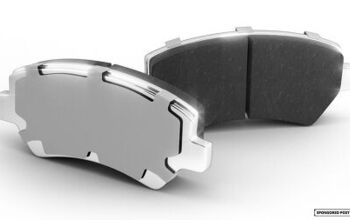
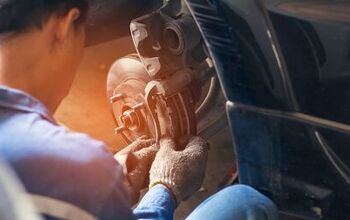
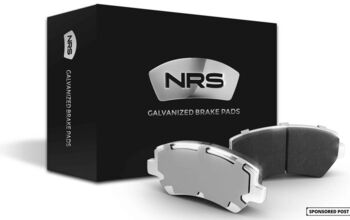
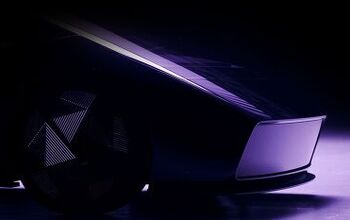




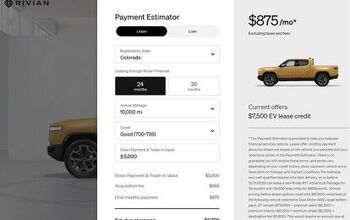




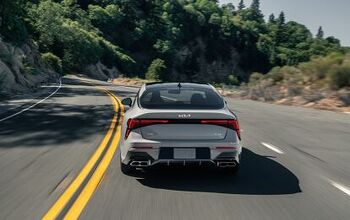
Comments
Join the conversation